Nara Revisited
| Travel Reports by Chashitsu | view profile of Chashitsu |
| previous post |
| next post |
| Note: The opinions and views expressed in this user report are those of the individual author and do not necessarily reflect the opinions and views of japan-guide.com. |
April 16, 2016 - Nara Revisited
I visited Nara on my first trip to Japan in 2002 and remembered little other than Todai-ji temple and Kasuga Taisha shrine. My second visit in 2008 was centred upon the Horyu-ji complex and other out of town sights. This trip I decided to refresh my memory and see the sights that eluded my photographic record. I took the JR train, which leaves you with a good walk into town and headed for the old Naramachi part of town and discovered the little mentioned Gango-ji temple. The temple was founded in 588 AD and after having had several names, was reconstructed as Gango-ji in 710 AD and played a leading role in the Heian period. Throughout the ages since, patronage has been lost and it is now a minor temple supported by public subscription. The temple has few buildings and was uncommonly quiet, enabling me to have a chat with the lady tending the garden who turned out to be the head priestfs wife. The precincts included a small courtyard garden adjacent to a study hall, which was quite stunning.
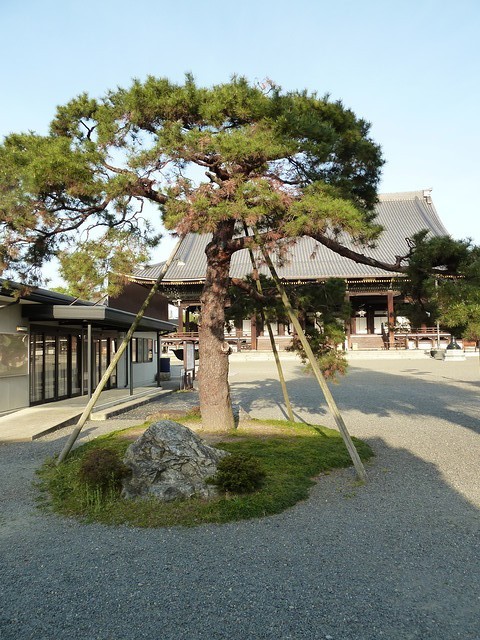
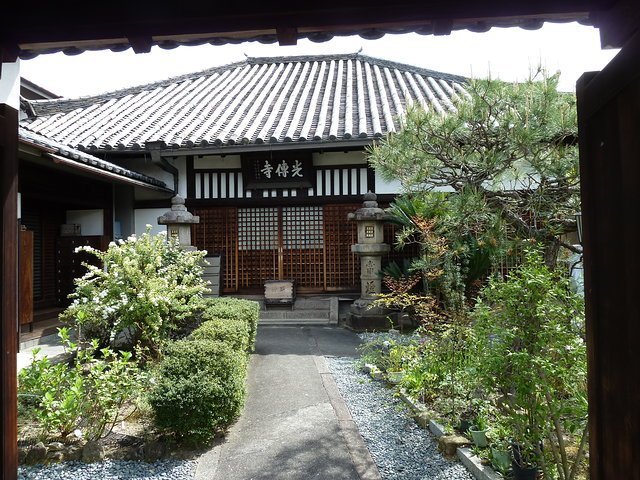
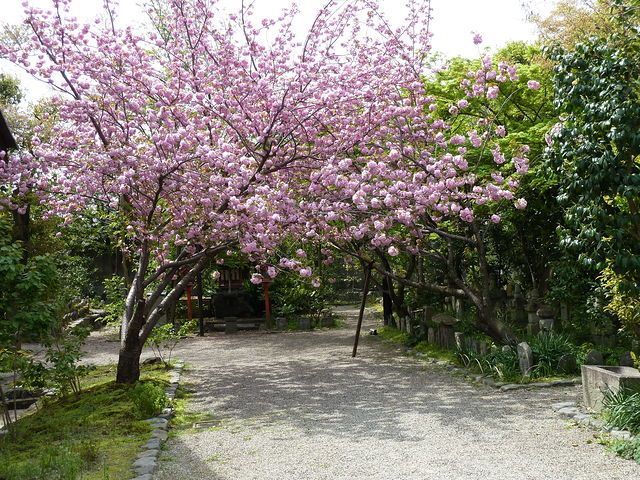

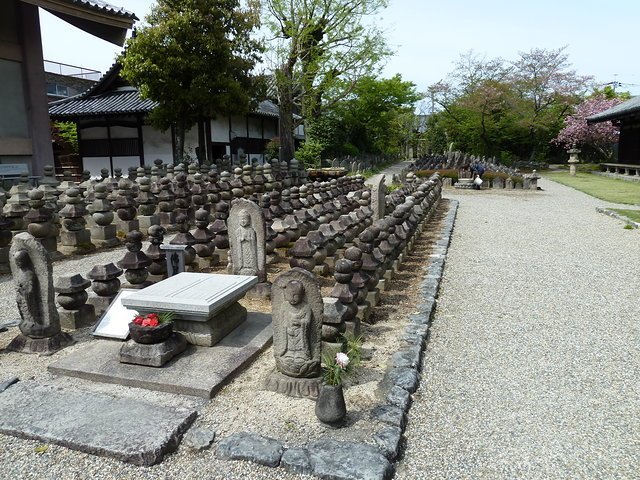
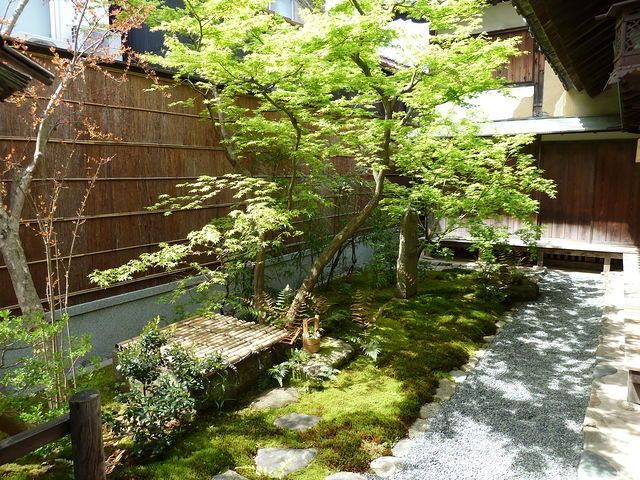
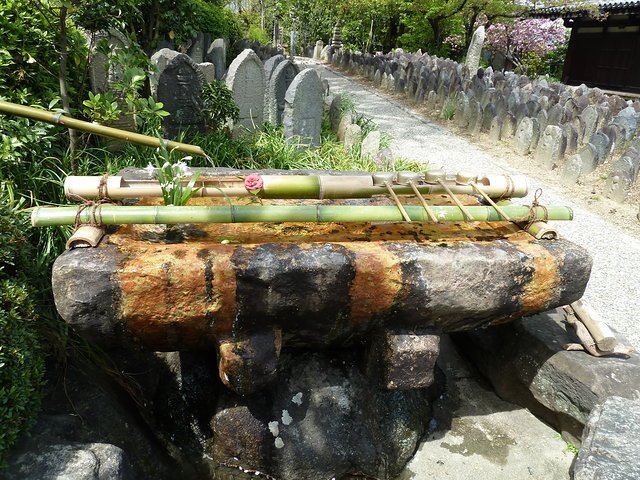
Venturing deeper into Naramachi, an area of old, largely merchants houses, I discovered Koshi-no-ie, known as the Lattice house, a typical machiya or merchants house with narrow front (for tax purposes) and deep interiors. These houses have a long corridor from the front shop or guest room with small tsubo niwa gardens for guests and towards the back for the family. At the rear of the property was a fireproof store known as the kura. Not far away was the Harushika sake brewery and shop. A similar style machiya house.
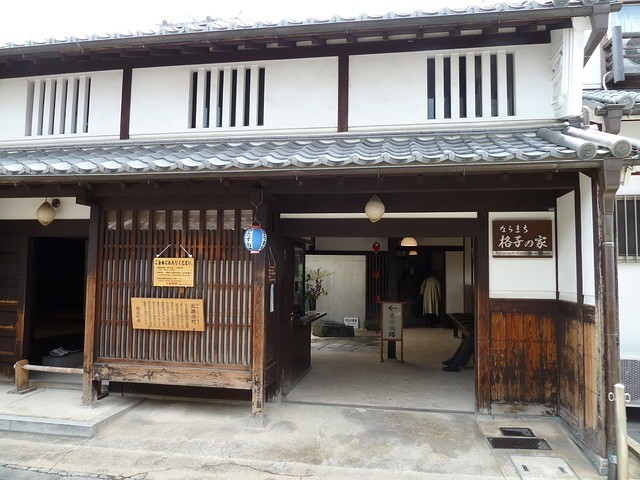
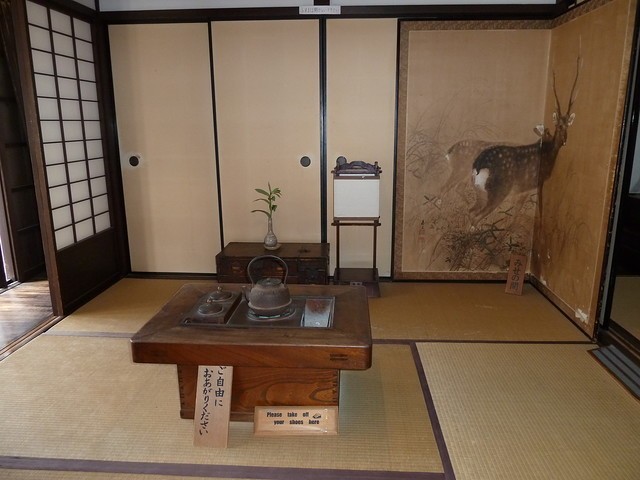


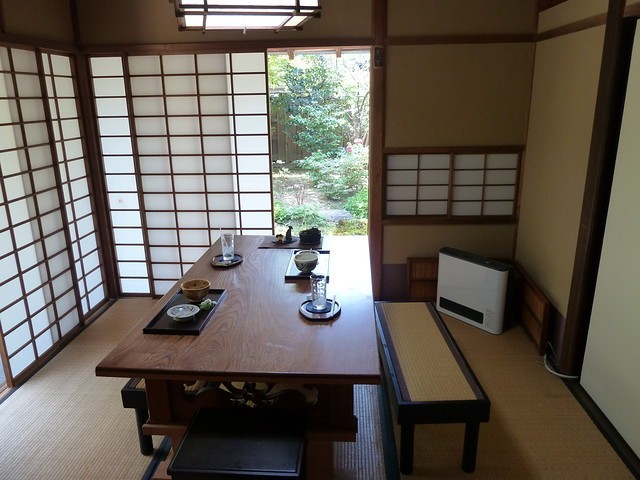
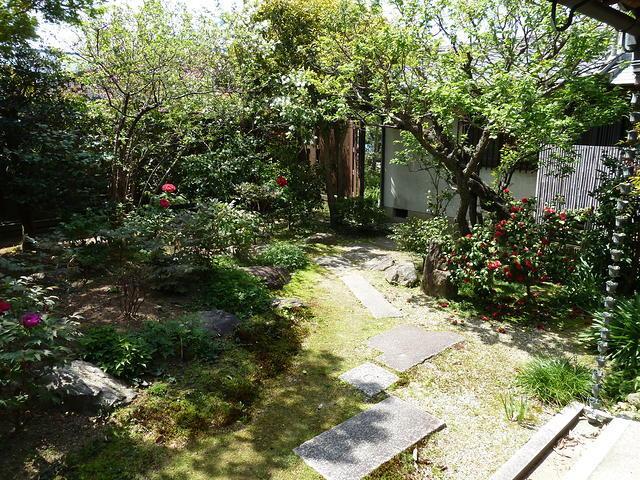

Back to the main tourist trail and Kofuku-ji temple. This was the family temple of the powerful Fujiwaras of Heian times and once boasted 150 buildings, now only a handful remain. It is well known for itfs three and five story pagodafs, the taller is the second highest in Japan. It has three golden halls and two unusual octagonal halls. Unfortunately the Central Golden hall was closed for refurbishment but the grounds included a pond based garden with the usual island and arched bridge.
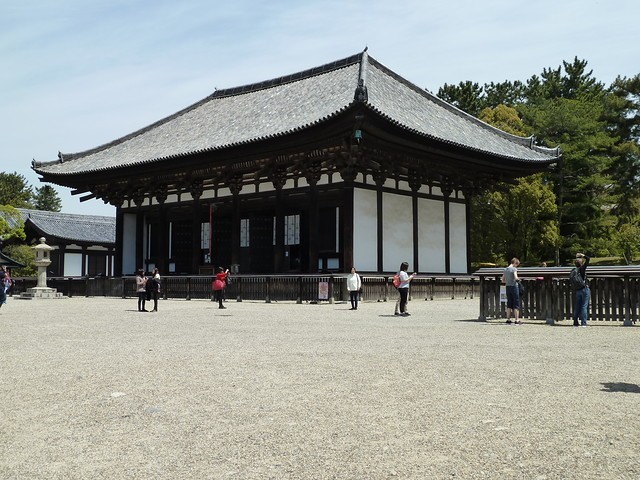
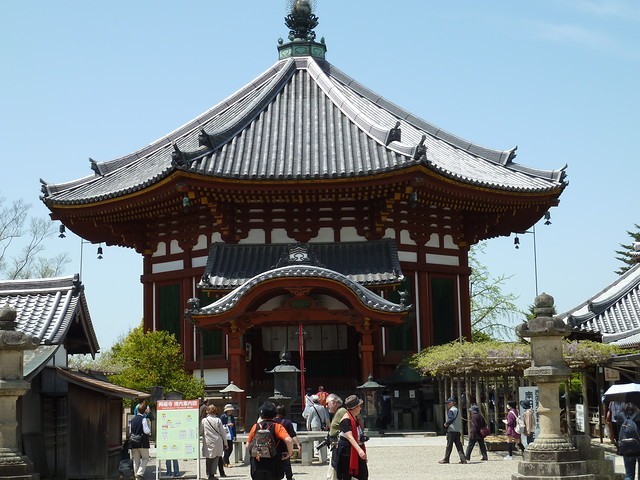
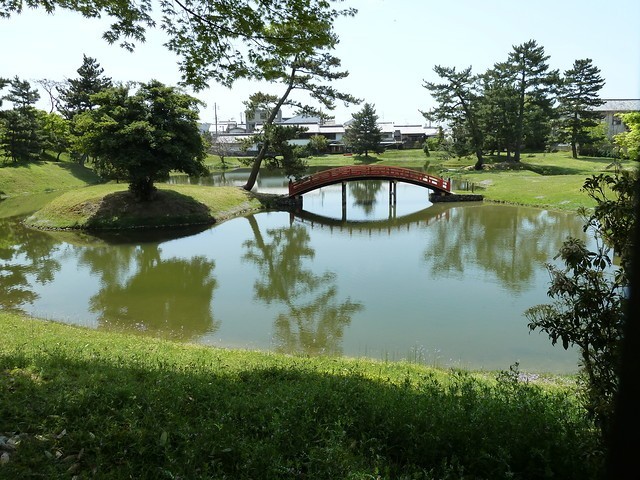
I then hit the garden trail and visited Yoshiki-en garden and entered free on presentation of my bus pass. Yoshiki-en is primarily a small hillside stroll garden with buildings beside a pleasant pond, taking itfs water from the nearby Yoshikigawa river. It also has a moss garden and cha-niwa tea garden.
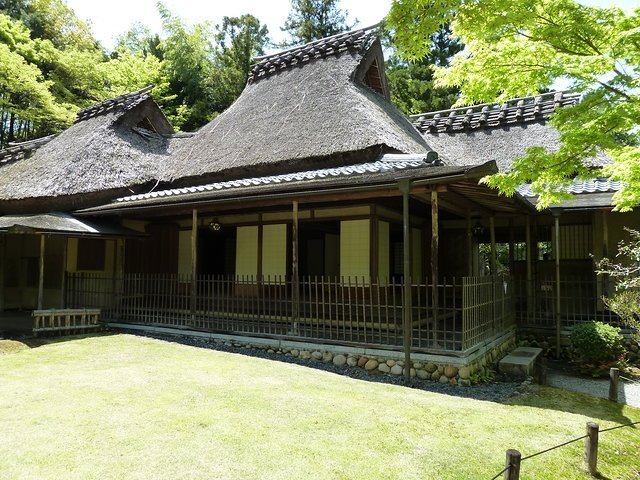
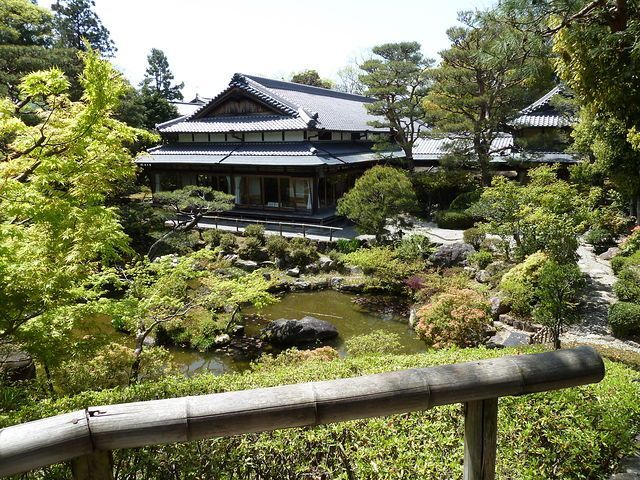
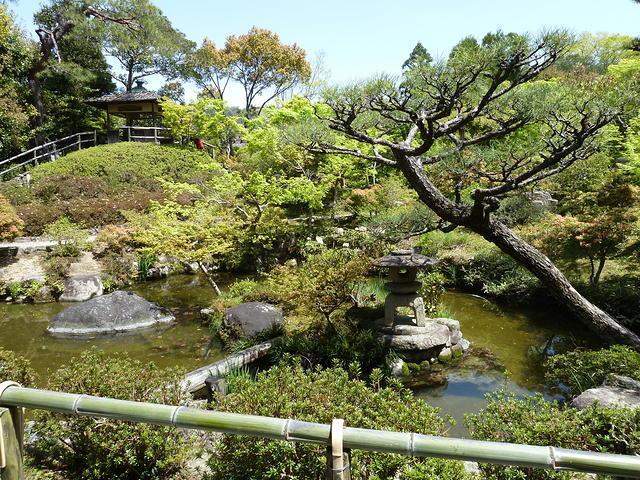
Next door is the more well known Isui-en garden, which includes two stroll gardens around immaculately maintained ponds. The front garden is an Edo period design to be enjoyed after taking tea. The pond includes a crane and turtle island. The back garden however was built in the Meiji period with a fine Tsukiyama hill and a small tea garden with tea house. All together there are four fine tea houses and waiting arbours. The views as one strolls around the garden changes as one passes by fine trees and shrubs all the time overlooked by the Wakakusayama hills in the background. The restaurant serves both traditional Japanese lunch and offers a tea service.

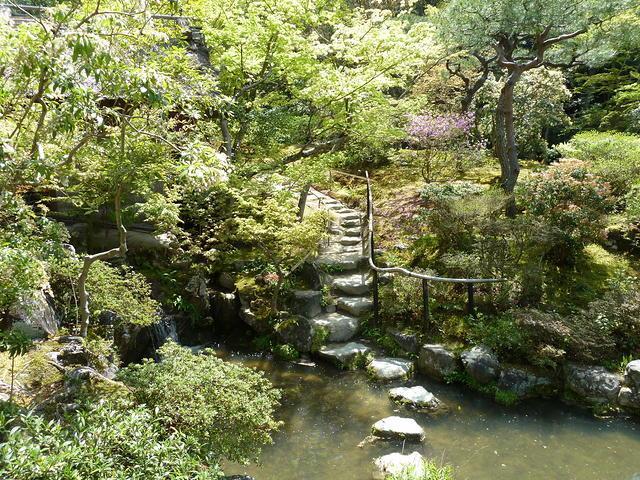

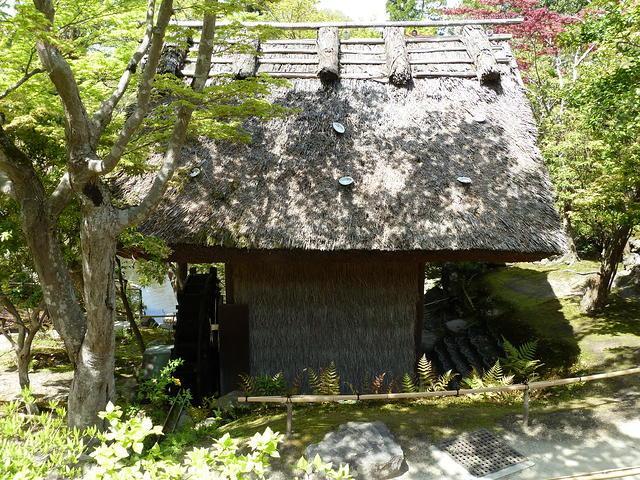
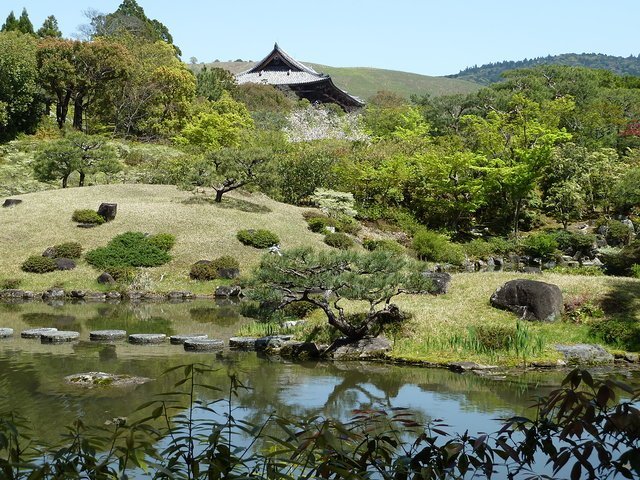
The gardens were near Todai-ji temple but as this was not on my list of priorities, I headed for Kasuga Taisha shrine, passing the garden, set within an open area of the deer park. It was a simple pond and island garden with a couple of granite bridges to the islands. Kasuga Taisha shrine is a popular venue in Nara and it gives rise to the naming of the Kasuga style of lantern for which there are some 3000 large granite lanterns in addition to a substantial number of metal lanterns hanging from the shrines eaves. The deer freely roam throughout the park unmolested by the public as they are considered sacred as messengers of the gods and treated with respect and act as photographic models. Needless to say they are well fed on special deer biscuits. The shrine dates back to the 8th century and includes many (over 30) vermilion individual shrines throughout the main enclosure and the surrounding grounds. The complex also includes a botanical garden, which, as I took the wrong exit, went unvisited.



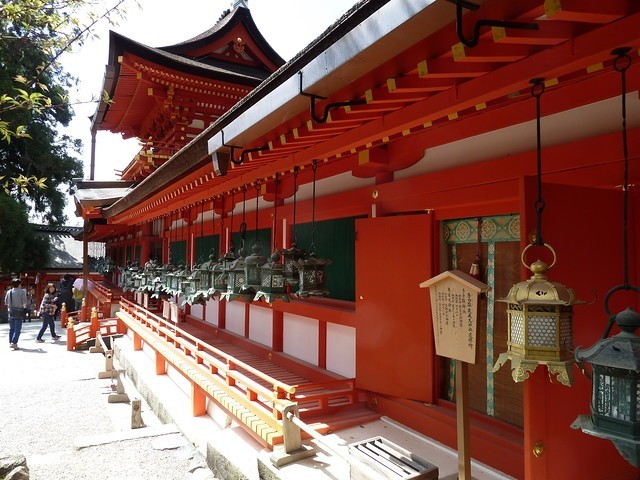
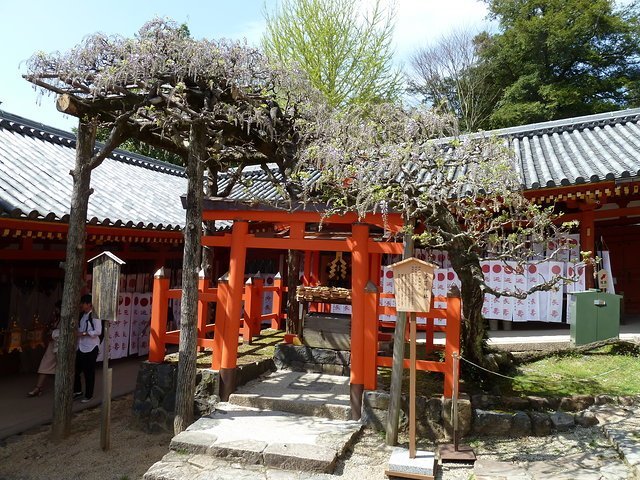

Walking along the foothills of the Wakakusayama hills I came across the temple of Hokke-do in the grounds of Todai-ji temple, again another ancient temple dating from the Nara period of the 8th century and is the oldest structure in the Todai-ji complex. The temple houses the usual array of ancient Buddhist statuary and has some rather elegant lanterns suspended from the eaves. As I was next door to Todai-ji I made another unscheduled visit to this huge temple and Buddha image. The great Buddha hall is the largest wooden structure in the world, despite itfs 57m width it is some 33% smaller than itfs original size. Buddha alone is over 20m in height and rests on a 3m lotus petal.
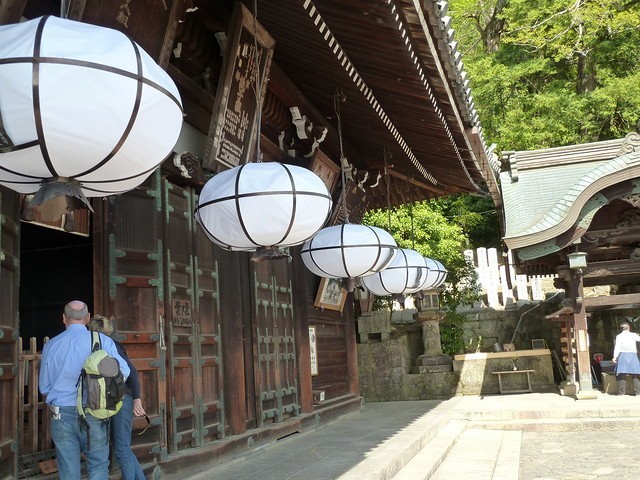
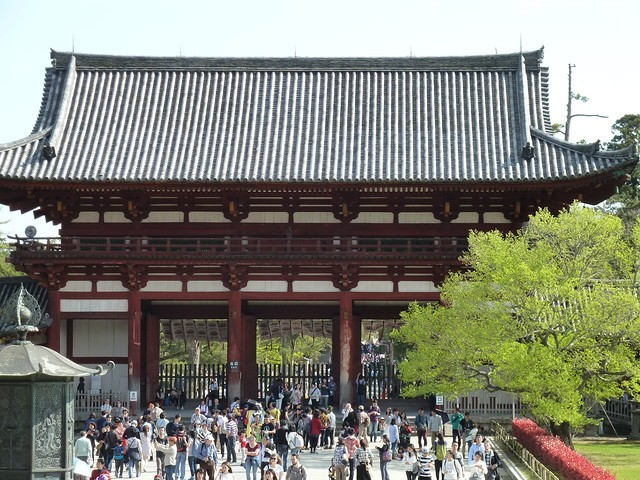
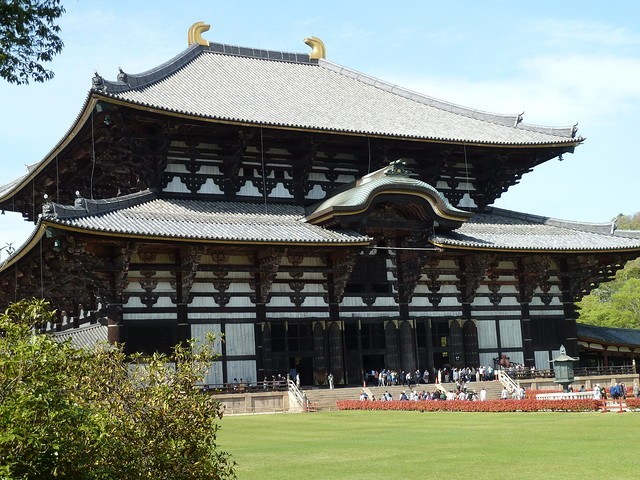
| previous post |
| next post |
|
List of Posts:
2017/07/25 - Japan's tectonic landscape reflected in the gardens 2017/07/15 - Flora of Japan 2016/04/27 - Time in Asakusa 2016/04/25 - Kakunodate 2016/04/23 - A Thousand Cranes 2016/04/22 - Castle in the Clouds 2016/04/21 - The beauty of Koraku-en 2016/04/20 - Far from the Madding Kyoto Crowds - Part 1 2016/04/20 - Far from the Madding Kyoto Crowds - Part 2 2016/04/18 - A Day in the Mountains 2016/04/17 - Delights of Hikone 2016/04/16 - Nara Revisited 2015/01/03 - Kamakura temples and gardens 2015/01/01 - Takayama Temple Trail 2014/12/29 - Kurama - Kibune hiking trail 2014/11/10 - A visit to Himeji 2014/11/05 - Shigemori Mirei - The Rebel in the Garden 2014/11/04 - Arashiyama and nearby sights 2014/11/03 - The less visited sites of Nara 2014/11/03 - The gems of Matsue 2014/10/31 - Agon-shu Monastery 2014/10/30 - In the footsteps of the Shogun 2014/10/30 - Tale of the Genji |
